When it comes to creating the perfect lighting environment, understanding the terminology used in the lighting industry can make all the difference. Two of the most commonly used terms in this regard are "Lumen" and "Kelvin". Both are essential when choosing the right light source, be it led lights, ceiling lights, or even specialised lighting such as led spotlights or high bay led lights. But what exactly do these terms mean, and how do they impact the lighting of a space?
Lighting, whether it's led lighting or traditional bulbs, plays a pivotal role in setting the mood and functionality of a space. From cozy and warm led downlights in living rooms to bright and cool led panel lights in offices, the choice of lighting can transform an area. When we talk about the quality and characteristics of light, Lumens and Kelvin are at the forefront.
Lumens: The Measure of Brightness
Lumens, in simple terms, denote the amount of light emitted by a source. It's a measure of brightness. Whether you're choosing led ceiling lights for your living room or flood lights for your backyard, the lumen count will tell you how bright the light will be.
For instance, when picking out led downlights or led panel lights, a higher lumen count indicates a brighter light, whereas a lower count means a dimmer light. This is essential when considering the purpose of the light. For example, reading requires brighter light (higher lumens), while a romantic dinner might benefit from softer, dimmer light (lower lumens).
Kelvin: The Color Temperature
While lumens talk about brightness, Kelvin dives into the world of color. Specifically, Kelvin measures the color temperature of light. This might sound a bit technical, but it's straightforward. Have you ever noticed how some led lights give off a warm, yellowish glow, while others emit a cool, blueish light? That difference is all about the Kelvin rating.
For instance, an led strip light with a low Kelvin rating might produce a warm, cozy glow, perfect for bedrooms or living rooms. In contrast, an led linear light with a high Kelvin rating will emit a cool, bright light, ideal for spaces like kitchens or offices.
Will higher Kelvin or cool/daylight lighting appear brighter than lower Kelvin lumen?
There are two main factors that affect the perception of brightness: lumens and kelvins. Lumens measure the amount of light that is produced by a light bulb or lighting fixture. The more lumens, the brighter the light will be. Kelvins measure the color of white light, described as the color temperature and measured as a degree of Kelvin (K). The lower the Kelvin number, the warmer the light will be; such as a traditional yellowish light bulb. The higher the Kelvin number, the cooler or bluer the light will appear; such as natural daylight.
If you compare two light bulbs with the same lumens but different kelvins, the one with higher kelvins may appear brighter because it has a cooler color that mimics natural sunlight. However, this is not a true measure of brightness, but rather a subjective impression of how the light feels to someone. Studies have shown that the color of light can also affect how well objects are seen and the mood of the room. Therefore, the choice of kelvins and lumens depends on the purpose and preference of the lighting.
Applications: Lumens and Kelvin in Action
Now, knowing the definitions is one thing, but seeing these terms in action is another. Let's consider a few scenarios:
- Bedroom Lighting: For a bedroom, you might want softer led lighting, perhaps with led strip lights hidden behind a led strip profile. A lumen count that's not too high, combined with a warmer Kelvin rating, can create a relaxing ambiance.
- Office Lighting: In an office, you need bright, clear light to ensure productivity. Led panel lights with a high lumen count and a cooler Kelvin rating can be ideal.
- Outdoor Lighting: For outdoor spaces like gardens or patios, the choice can vary. While flood lights with high lumens can illuminate vast areas, led spotlights with a warmer Kelvin can highlight specific features.
Choosing the Right Light: Factors to Consider
While Lumens and Kelvin are essential, they aren't the only things to consider. Here are a few more factors:
- Purpose of the Light: As mentioned earlier, reading requires different lighting than a cozy get-together. Understanding the primary purpose can help you choose the right combination of Lumens and Kelvin.
- Energy Efficiency: Especially with led lights, energy efficiency is crucial. Led downlights, for instance, can offer high brightness with lower energy consumption.
- Size of the Space: The size of the area can determine the number of lights (and their types) you need. For larger spaces, you might consider led linear pendant lights or even track lights.
The Science Behind Lumens and Kelvin
To truly understand lumens and Kelvin, we must take a brief foray into the world of science. While our primary goal is to light up our spaces beautifully with led lights or track lights, a bit of scientific knowledge can provide a clearer picture.
Lumens: Delving Deeper
Lumens are a measure of the total amount of visible light emitted by a source, such as led ceiling lights or led downlights. Imagine you're filling a bucket with water. The amount of water the bucket can hold is analogous to lumens, where water represents light. More water means more light.
When shopping for bulbs, especially in the realm of led lighting, you'll often see the lumens listed on the packaging. This is to help consumers understand the brightness they can expect from the bulb. The shift towards LED lighting, from traditional incandescent bulbs, has placed an emphasis on lumens rather than watts as a measure of light output. This is because LED lights, such as led tube lights or led spotlights, are far more energy-efficient, and thus, a high wattage doesn't necessarily mean high brightness.
Kelvin: Beyond Just Warm and Cool
The Kelvin scale, named after the physicist Lord Kelvin, measures the color temperature of light. In simpler terms, it defines how warm (yellow/red) or cool (blue) a light source appears. But why does light have a 'color'?
The color emitted by a light source, such as an led strip light or a linear pendant light, is determined by the temperature of an ideal black-body radiator that radiates light of a color comparable to that of the light source. A lower Kelvin number means the light will be more yellow and warm, while a higher Kelvin number indicates a bluer, cooler light.
This is particularly important in photography, interior design, and basically any profession that relies on accurate color representation. Imagine trying to apply makeup under a very blue, cool light – the result could look vastly different under natural daylight!
Incorporating Lumens and Kelvin in Different Spaces
Different spaces demand different lighting solutions. From the cozy confines of a bedroom to the bustling environment of a commercial kitchen, the choice of lumens and Kelvin can significantly impact the space's functionality and aesthetics.
Living Room:
The living room is where families gather, friends chat, and relaxation takes center stage. Soft, warm lighting can enhance the cozy feel. Opt for led ceiling lights or led downlights with a lumen count that's sufficient to illuminate the space without being overpowering. A Kelvin rating of around 2700K to 3000K can offer a warm, inviting glow. Accent lighting, perhaps with led strip lights hidden behind a led profile, can add layers to the lighting design.
Kitchen:
A kitchen requires clear, bright lighting. After all, you don't want to mistake salt for sugar! Led panel lights or led tube lights with a higher lumen count and a Kelvin rating between 3500K to 5000K can provide the needed brightness and a neutral to cool color tone.
Bathroom:
Much like kitchens, bathrooms benefit from brighter lights. However, a mix can be ideal. Bright led spotlights over the sink, combined with softer, warmer lights (perhaps from a led strip profile) around the bath, can create a balanced environment.
Office Spaces:
Productivity and clarity are paramount in office spaces. Led panel lights, track lights, or even led linear pendant lights with a high lumen output and a cooler Kelvin rating (around 4000K to 5000K) can ensure tasks are performed efficiently.
The Rise of LED Lighting and Environmental Considerations
In the last decade, the lighting industry has witnessed a transformative shift towards LED lighting. From led downlights in homes to high bay led lights in warehouses, the LED revolution is here, and it's changing the way we illuminate our spaces. But what's driving this shift, and how do Lumens and Kelvin come into play?
LED Lights: Energy Efficiency Champions
Traditional incandescent bulbs are notorious energy guzzlers. They produce light by heating a filament inside the bulb, leading to a significant amount of wasted energy in the form of heat. In contrast, LED lights, whether it's a simple led tube light or a more specialized led linear pendant light, produce light through electroluminescence. This process is far more energy-efficient, ensuring that a higher percentage of the electricity used is converted to light rather than wasted as heat.
Moreover, this efficiency doesn't come at the cost of brightness or color quality. Today's LED lights, from led spotlights to led strip lights, come in a wide range of lumens and Kelvin ratings, allowing for precise control over brightness and color temperature.
Environmental Impact
Given the challenges of climate change and the push towards sustainable living, LED lighting offers a beacon of hope. Not only do they consume less power, reducing the strain on power grids and decreasing greenhouse gas emissions, but LED lights also last significantly longer than their incandescent counterparts. This means fewer bulbs end up in landfills, and consumers save money in the long run.
Incorporating led lights, be it led ceiling lights or led panel lights, into your space isn't just a smart choice for your wallet; it's a nod towards a more sustainable future.
LED Lighting Options and Their Applications
With the vast array of LED lighting solutions available, understanding Lumens and Kelvin becomes even more crucial. Here's a brief overview:
Led Strip Lights: Perfect for accent lighting or creating a mood. When housed within an led strip profile, they can offer a sleek look. Available in various lumens and Kelvin ratings, they're versatile and can fit into any design aesthetic.
Led Downlights: Ideal for focused lighting in areas like the kitchen or study. With varying lumen counts, they can offer bright, task-oriented lighting or softer ambient lighting.
Led Spotlights: Great for highlighting specific areas or features within a room. Whether it's a piece of art or a bookshelf, led spotlights, with their directed beam, can draw attention where it's needed.
Led Linear Lights and Linear Pendant Lights: These are often used in commercial settings, providing uniform lighting across larger spaces. Their elongated form ensures even light distribution, making them perfect for offices, conference rooms, and even retail spaces.
Flood Lights and High Bay Led Lights: For outdoor spaces or large indoor areas like warehouses, these lights offer high lumen counts to illuminate vast areas effectively.
Making the Right Choice: Practical Tips
Now that we've delved deep into Lumens, Kelvin, and the world of LED lighting, here are some practical tips to help UK residents make the right lighting choices:
Understand Your Space: A small bedroom will have different lighting needs compared to a large open-plan kitchen. Assess the size and purpose of the space before deciding on the lumen count and Kelvin rating.
Energy Efficiency Matters: Opt for LED lights wherever possible. Not only will they reduce your energy bills, but they also last longer, offering better value for money.
Test Before Committing: If possible, test out different lights in the intended space. Sometimes, a bulb might seem perfect on paper, but its real-world performance might vary. Testing ensures you get the desired brightness and color temperature.
Seek Expert Advice: If you're unsure, consulting with a lighting expert or interior designer can offer valuable insights. They can guide you on the best led lighting solutions, be it track lights for an art studio or led tube lights for a hallway.


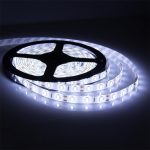 White LED Strip Lights
White LED Strip Lights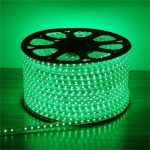 Green LED Strip Lights
Green LED Strip Lights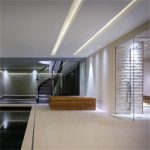 Ceiling LED Strip Lights
Ceiling LED Strip Lights Cuttable LED Light Strips
Cuttable LED Light Strips Garage LED Lighting Strips
Garage LED Lighting Strips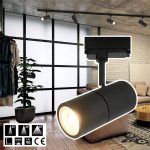 Modern Track Lighting
Modern Track Lighting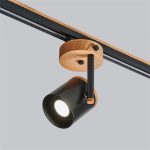 Ceiling Track Lighting
Ceiling Track Lighting LED Linear Track Lighting
LED Linear Track Lighting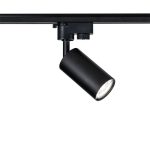 Black Track Lighting
Black Track Lighting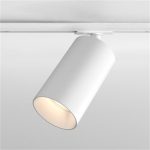 White Track Lighting
White Track Lighting Linear Ceiling Light
Linear Ceiling Light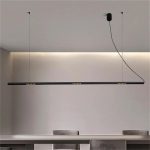 Modern Linear Lighting
Modern Linear Lighting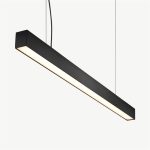 Black Linear Lighting
Black Linear Lighting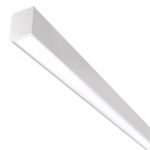 White Linear Lighting
White Linear Lighting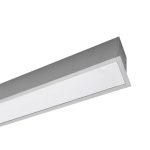 Recessed Linear Light
Recessed Linear Light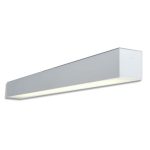 Surface Mounted LED Linear Lights
Surface Mounted LED Linear Lights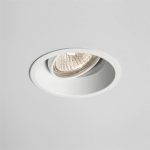 Recessed Spotlights
Recessed Spotlights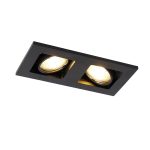 Black Spotlight
Black Spotlight White Spotlights
White Spotlights LED Panel Light 600×600
LED Panel Light 600×600 Kitchen Downlighting
Kitchen Downlighting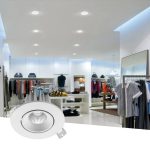 Commercial Downlights
Commercial Downlights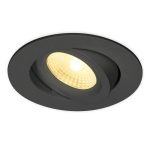 Black Downlights
Black Downlights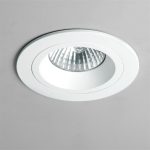 White Downlights
White Downlights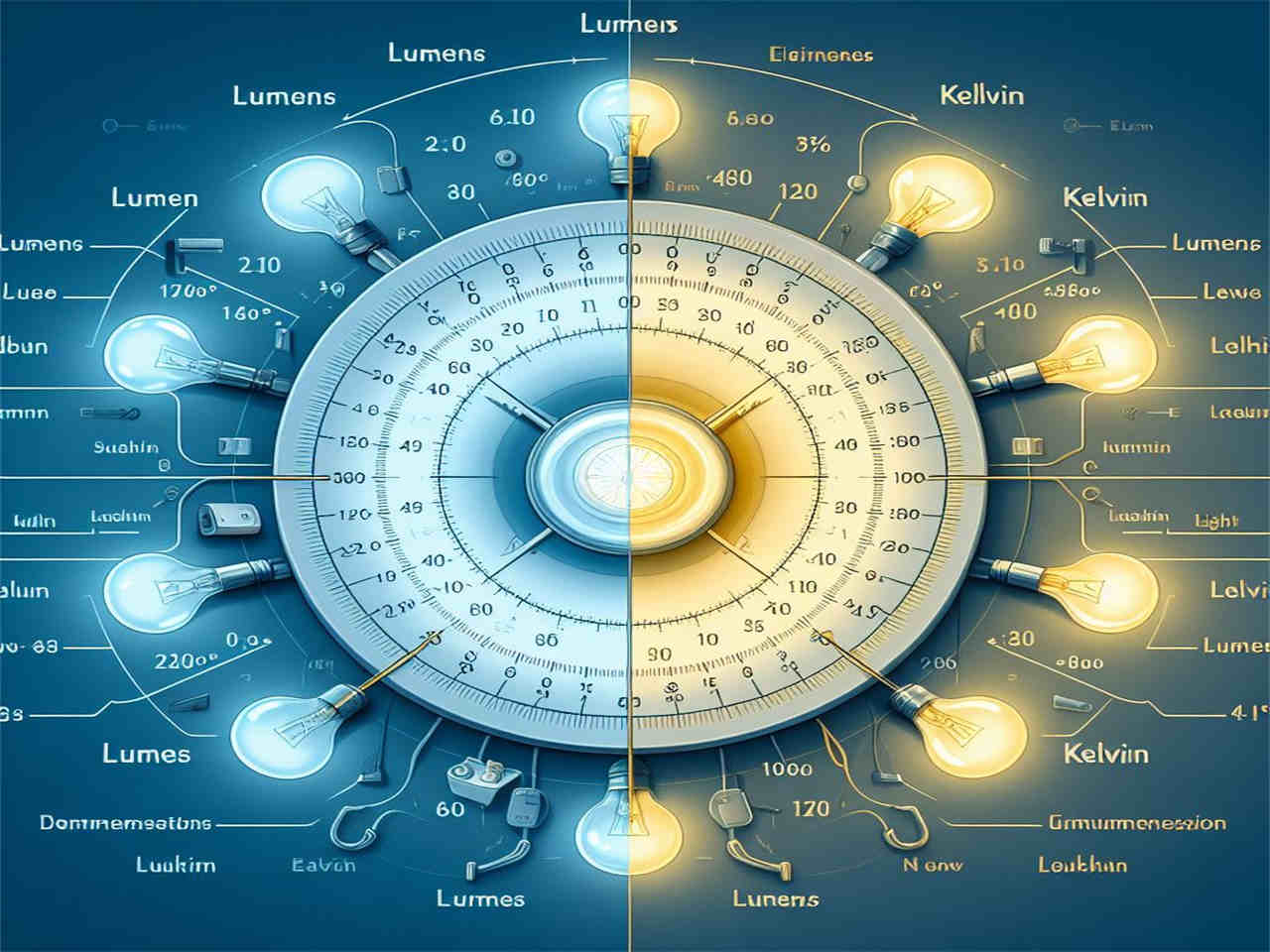
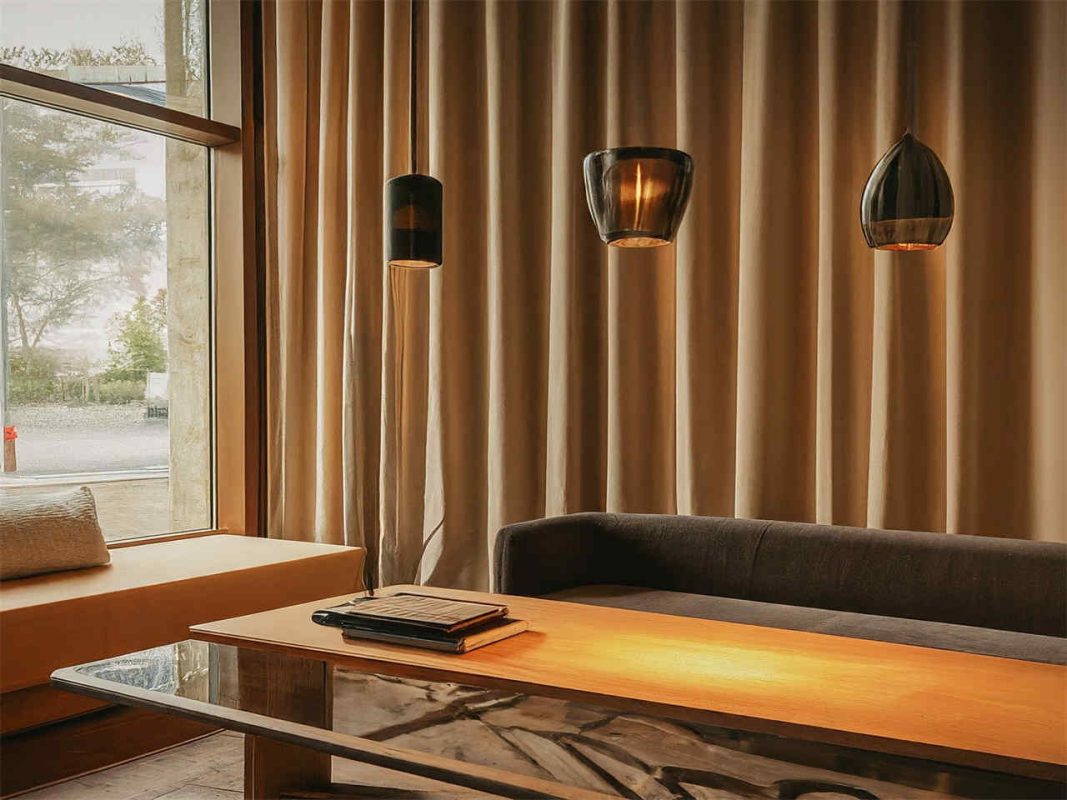
![Interior designer Statistics in the UK[2023 stats] -Article-All you need to know-DALL·E 2024 01 27 14.48.37 A large, eye catching photo designed for a report cover or a presentation slide. The theme is 'Interior Designers Stats UK'. The main focus is a very](https://www.kosoom.uk/wp-content/uploads/2024/01/DALL·E-2024-01-27-14.48.37-A-large-eye-catching-photo-designed-for-a-report-cover-or-a-presentation-slide.-The-theme-is-Interior-Designers-Stats-UK.-The-main-focus-is-a-very--1067x800.jpg)
![Electricians Statistics in the UK[2023 stats]-Article-All you need to know-DALL·~1](https://www.kosoom.uk/wp-content/uploads/2024/01/DALL·1-1-1067x800.jpg)





